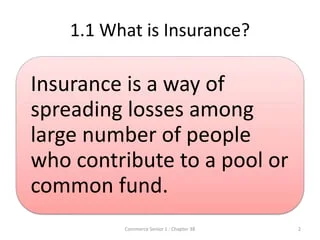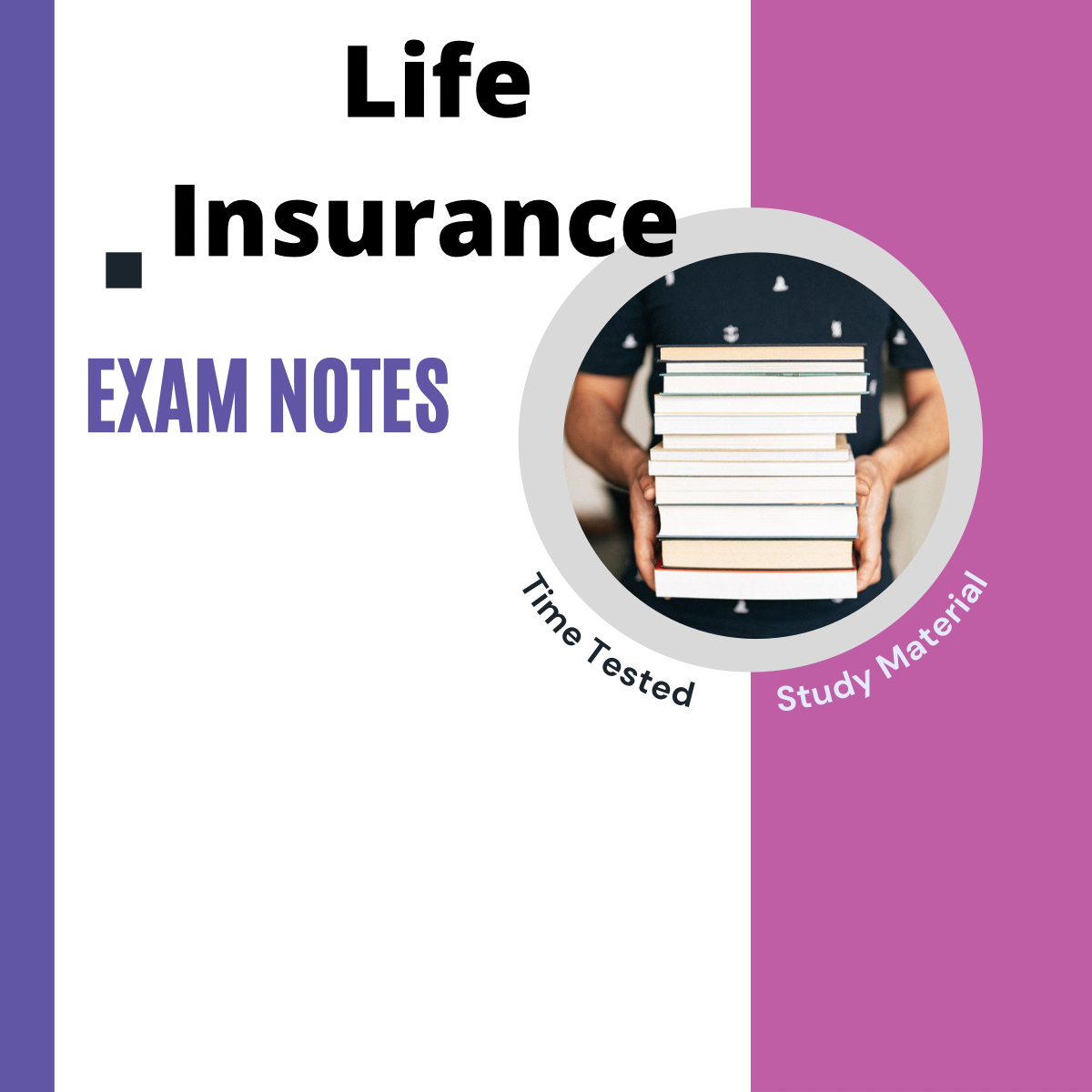An Unbiased View of Pacific Prime
Table of ContentsSee This Report about Pacific PrimeHow Pacific Prime can Save You Time, Stress, and Money.Little Known Questions About Pacific Prime.More About Pacific Prime
In many states, the insurer is required to send you a copy of the changes to your plan. It is necessary that you review Recommendations or Bikers so you comprehend exactly how your policy has changed and if the plan is still sufficient to satisfy your requirements. To get a duplicate of your insurance plan, please call your insurance coverage agent or company.
The Institute of Medication (IOM) Committee on the Consequences of Uninsurance launches an extended assessment of evidence that addresses the importance of medical insurance protection with the publication of this report. Protection Matters is the initial in a collection of six reports that will certainly be released over the next 2 years recording the reality and effects of having actually an estimated 40 million people in the USA without medical insurance coverage.

Not known Facts About Pacific Prime
The goal of this series of research studies is to refocus plan attention on a longstanding trouble. Complying with the lengthiest financial development in American history, in 1999, an estimated one out of every six Americans32 million adults under the age of 65 and even more than 10 million childrenremains without insurance (Mills, 2000).

10 percent of the population represent 70 percent of health treatment expenses, a relationship that has stayed consistent over the past three decades (Berk and Monheit, 2001) - international travel insurance. Hence wellness insurance policy proceeds to serve the function of spreading risk also as it increasingly finances regular treatment. From the point of view of health and wellness care carriers, insurance carried by their patients helps safeguard a profits stream, and communities gain from monetarily viable and stable healthcare professionals and establishments
Federal government gives health insurance to populations whom the personal market might not offer efficiently, such as disabled and seniors, and populations whose accessibility to health and wellness treatment is socially valued, such as children and expecting women. The ultimate ends of medical insurance protection for the private and communities, consisting of work environment neighborhoods of employees and employers, are boosted wellness outcomes and lifestyle.
The 20-Second Trick For Pacific Prime
Employees place medical insurance initially without a doubt in importance among all the advantages provided in the office (Salisbury, 2001). Although there have actually been large investments of individual and public funds to offer medical insurance, lots of people still have no coverage. Despite comprehensive coverage of survey findings and wellness treatment research results, the public remains confused and mistaken about Americans without medical insurance and the effects of lacking protection.

Without inquiry, the intricacy of American health and wellness treatment funding devices and the wide range of sources of information contribute to the general public's confusion and uncertainty concerning wellness insurance policy statistics and their interpretation. This record and those that will adhere to objective to distill and provide in readily easy to understand terms the extensive research that bears upon concerns of health and wellness insurance policy coverage and its significance.
Fifty-seven percent of Americans surveyed in 1999 believed that those without health insurance coverage are "able to get the care they require from medical professionals and hospitals" (Blendon et al., 1999, p. 207). In 1993, when national focus was concentrated on the issues of the uninsured and on pending health and wellness care regulations, simply 43 percent of those questioned held this belief (Blendon et al., 1999).

They additionally obtain fewer precautionary services and are much less likely to have routine look after persistent conditions such as hypertension and diabetes. Persistent illness can bring about pricey and disabling difficulties if they are not well handled (Lurie et al., 1984; Lurie et al., 1986; Ayanian et al., 2000). One national survey asked even more than 3,400 grownups about 15 extremely severe or morbid problems.
Some Known Incorrect Statements About Pacific Prime
Added evidence is provided later on in this phase in the conversation of insurance coverage and accessibility to health and wellness care. http://go.bubbl.us/e0d727/3ee9?/New-Mind-Map. People without wellness insurance policy are young and healthy and pick to go without coverage. Virtually half (43 percent) of those evaluated in 2000 believed that individuals without medical insurance are more probable to have illness than individuals with insurance
Voters and plan makers in emphasis team discussions identify those without insurance coverage as young individuals who have the possibility to be covered and feel they do not need it (Doorperson Novelli, 2001). Compared to those with at least some exclusive protection, the uninsured are less likely to report remaining in excellent or excellent health and wellness (Firm for Healthcare Research and Top read this post here Quality, 2001).
SOURCE: Center for Expense and Financing Researches, Agency for Healthcare Research Study and High quality, based on MEPS information. Young person in between 19 and 34 are much more likely to lack medical insurance than any other age. This is primarily because they are less usually qualified for employment-based insurance due to the nature of their task or their brief period in it.
The assumption that individuals without insurance have better-than-average health and wellness complies with from puzzling the relatively young age account of the without insurance with the much better wellness, generally, of more youthful individuals. This covers the web link between health and wellness condition and medical insurance. For those without access to work environment medical insurance, poor health is a prospective obstacle to acquiring nongroup insurance coverage since such coverage may be extremely valued, omit preexisting conditions, or be simply inaccessible.